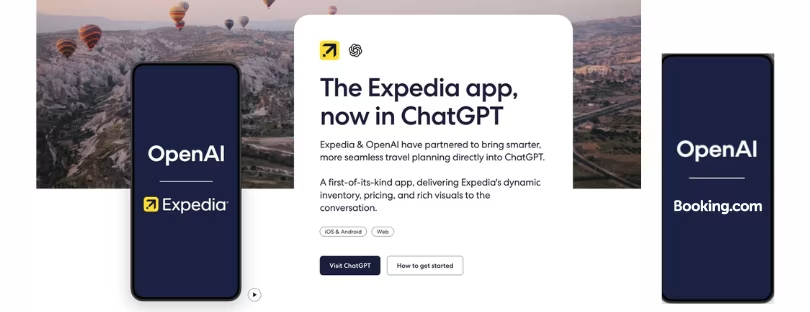
XREAL One AR Glasses: The Future of Mobile Productivity for Travelers
In an era where remote work and digital nomadism are becoming increasingly prevalent, the demand for portable yet powerful productivity tools has never been higher. Enter the XREAL One AR glasses—a groundbreaking innovation poised to redefine mobile productivity for travelers.
By seamlessly pairing with smartphones, these augmented reality glasses offer a compelling alternative to traditional laptops, enabling users to work efficiently from virtually anywhere.
A New Paradigm in Mobile Workspaces
The XREAL One AR glasses are designed to project a virtual screen in front of the user, effectively transforming any environment into a personal workspace. When connected to a compatible smartphone, such as the Samsung Galaxy S25 Ultra, and utilizing platforms like Samsung DeX, users can experience a desktop-like interface without the bulk of a physical laptop. This setup allows for multitasking, document editing, and even video conferencing, all within a compact and lightweight form factor.
Advantages for the Modern Traveler
1. Portability and Convenience:
Weighing just 84 grams, the XREAL One glasses are significantly lighter than most laptops, making them ideal for travelers who prioritize mobility. Their sleek design resembles conventional sunglasses, ensuring discretion and comfort during extended use.
2. Enhanced Privacy:
The glasses project a private display visible only to the wearer, safeguarding sensitive information from prying eyes—a crucial feature for professionals handling confidential data in public spaces.
3. Versatile Compatibility:
Beyond smartphones, the XREAL One supports various USB-C devices, including laptops and gaming consoles. This versatility ensures that users can maintain productivity across different platforms without the need for multiple devices.
4. Immersive Visual Experience:
Featuring a Full HD 120Hz OLED display with vibrant colors and 600-nit brightness, the glasses deliver a crisp and immersive visual experience. This quality is particularly beneficial for tasks requiring detailed visuals, such as graphic design or video editing.
Real-World Applications and User Experiences
Travelers who have adopted the XREAL One as part of their mobile setup report significant improvements in their work routines. For instance, a frequent traveler shared their experience of replacing their laptop with the XREAL One and a smartphone, highlighting the ease of setting up a virtual workspace during flights and in hotel rooms. The ability to project a customizable virtual screen allowed them to work comfortably without the limitations of physical space.
Another user, a remote developer, detailed their daily use of the XREAL One for coding tasks. By configuring the display to a 327-inch virtual screen at a 10-meter distance, they achieved a relaxed viewing experience that reduced eye strain. The stabilized anchor mode enabled the screen to remain steady, even as they moved their head, enhancing overall comfort during prolonged work sessions.
Considerations and Potential Drawbacks
While the XREAL One offers numerous benefits, there are considerations to keep in mind:
1. Setup Complexity:
Unlike the immediate usability of opening a laptop, setting up the XREAL One involves connecting cables, configuring display settings, and pairing input devices. This process may require a brief adjustment period for new users.
2. Battery Dependency:
The glasses draw power from the connected device, which can lead to faster battery depletion. Users may need to carry additional power banks or ensure access to charging facilities during extended use.
3. Software Compatibility:
Some applications may not function optimally in the AR environment. For example, certain content management systems or project management tools might have limited functionality, necessitating alternative solutions or workarounds.
The Road Ahead: AR Glasses in the Future of Work
The integration of AR glasses like the XREAL One into daily workflows signifies a shift towards more flexible and immersive computing experiences. As technology continues to evolve, we can anticipate enhancements in battery life, software compatibility, and user interface design, further solidifying AR glasses as a staple in the toolkit of modern professionals.
For digital nomads and frequent travelers, the XREAL One presents a compelling case for reimagining mobile productivity. By combining the power of a smartphone with the immersive capabilities of AR, users can achieve a level of efficiency and convenience previously unattainable with traditional devices.
Conclusion
The XREAL One AR glasses represent a significant advancement in mobile computing, offering travelers a lightweight, private, and versatile alternative to conventional laptops. While there are considerations to address, the potential benefits in terms of portability, privacy, and immersive experience make them a worthy investment for those seeking to enhance their productivity on the go. As AR technology continues to mature, tools like the XREAL One are poised to play a pivotal role in shaping the future of work for the modern traveler.











